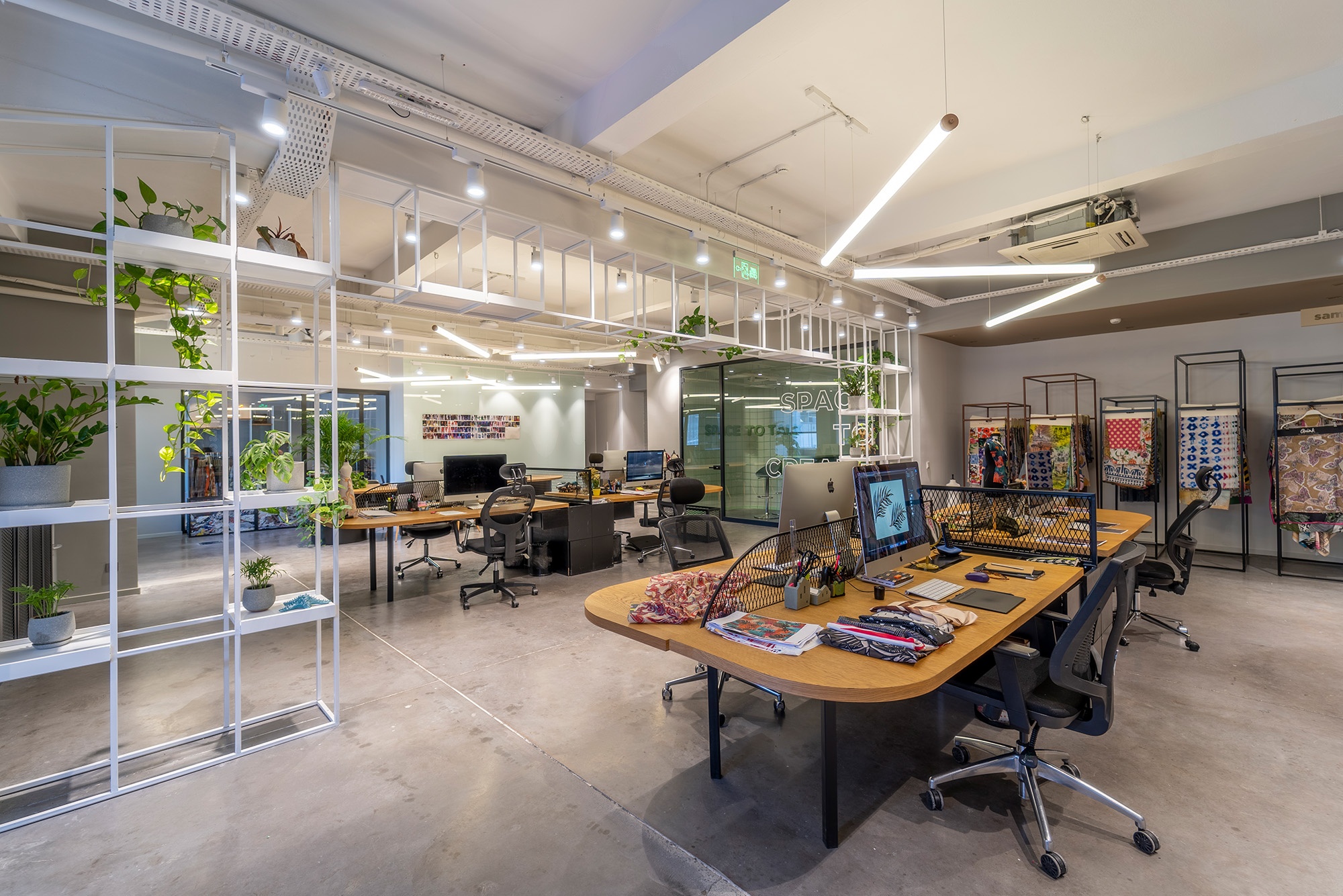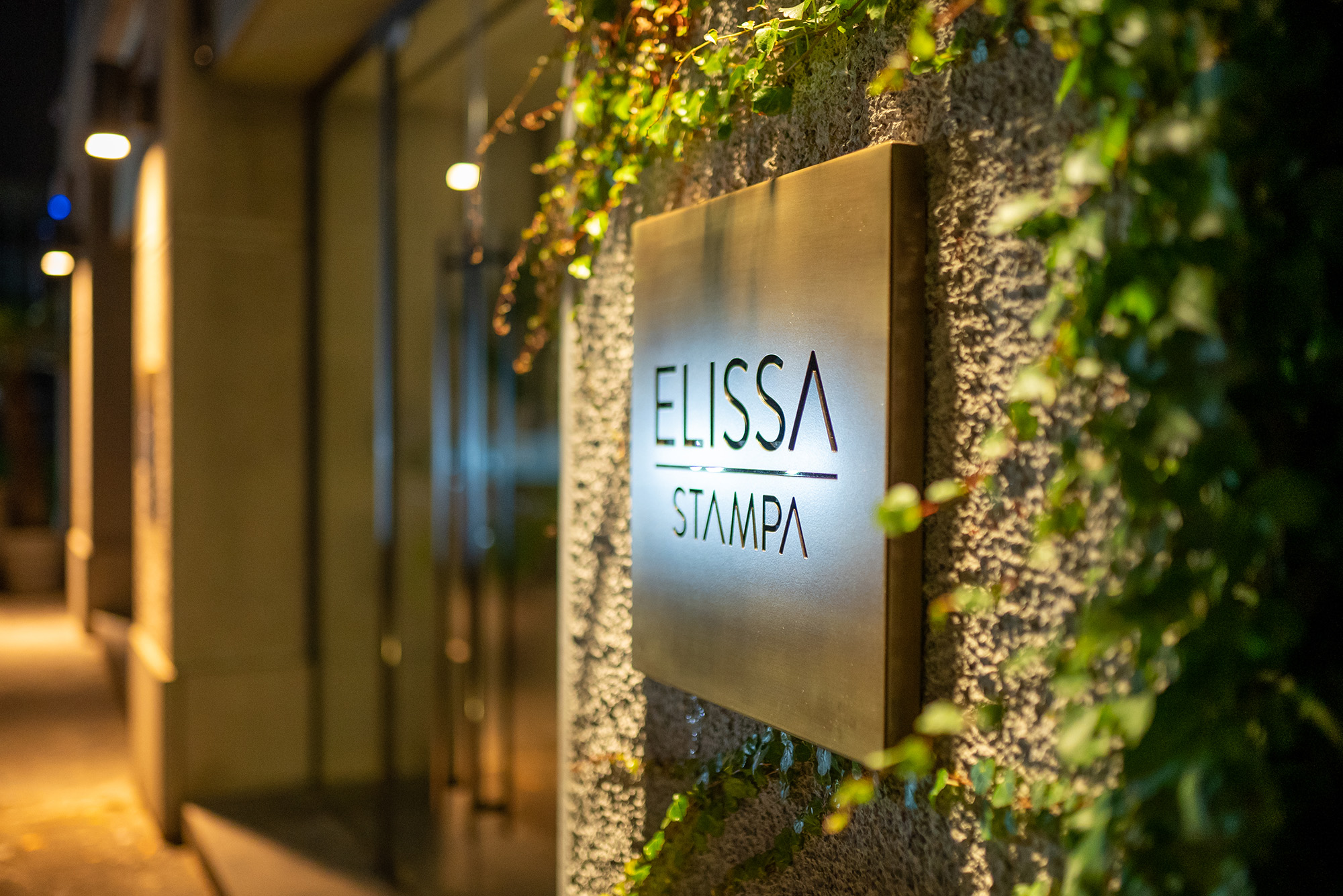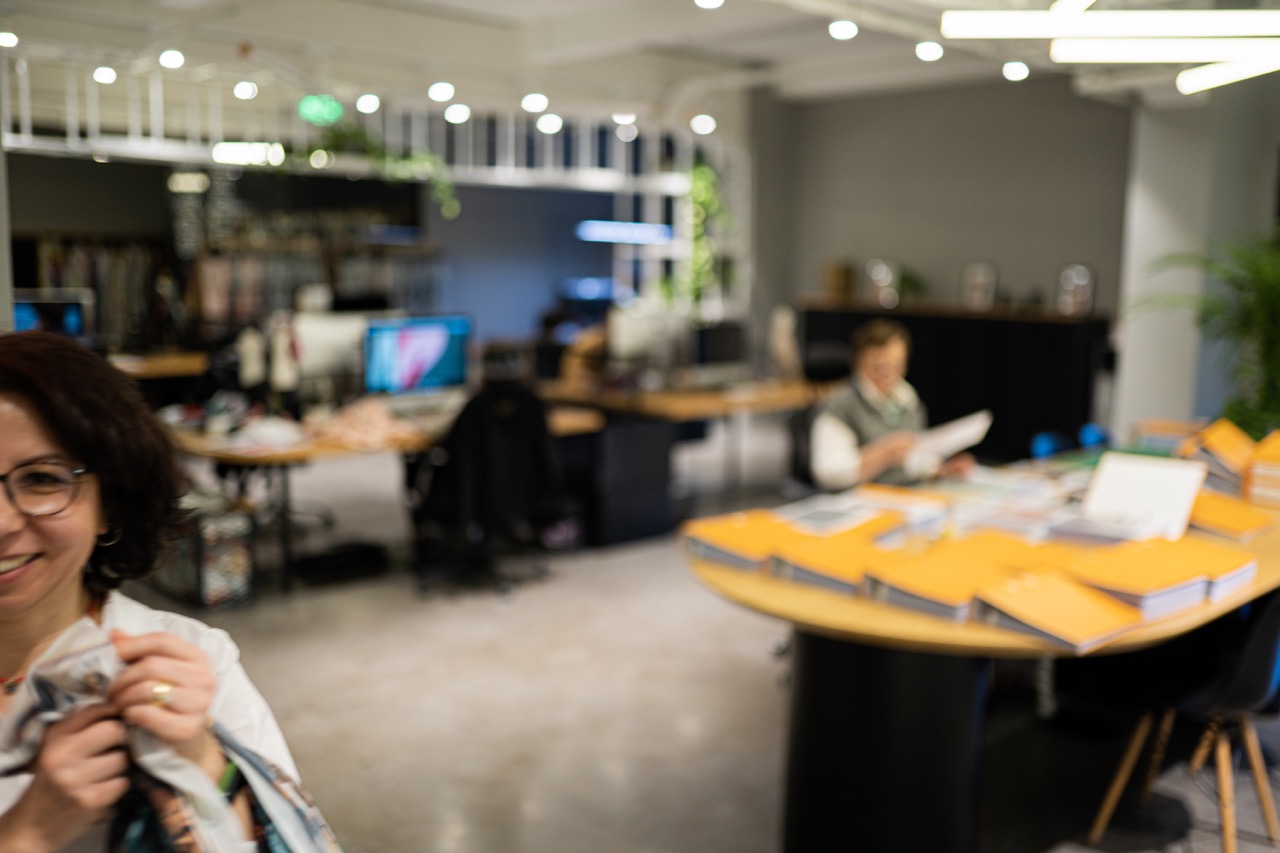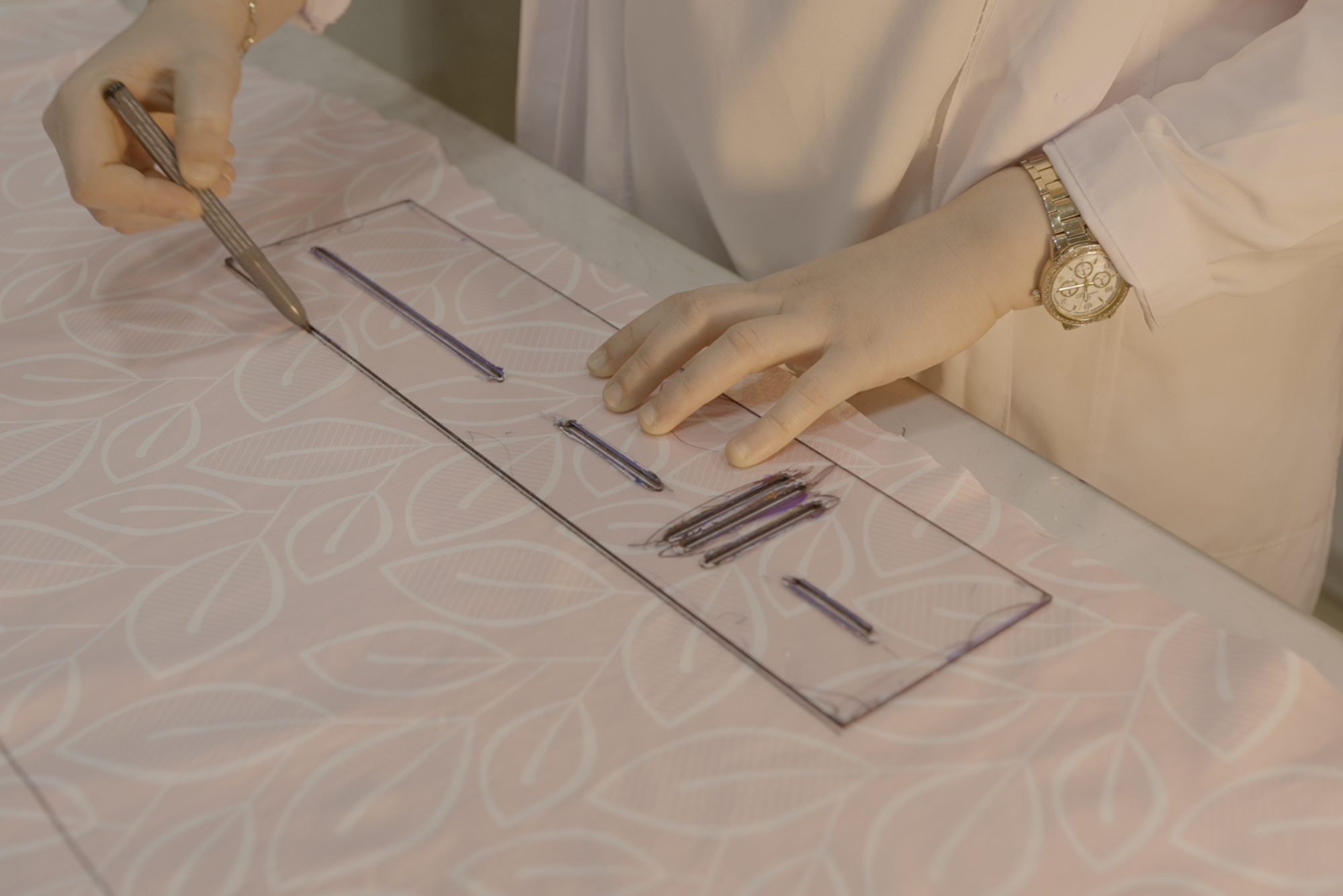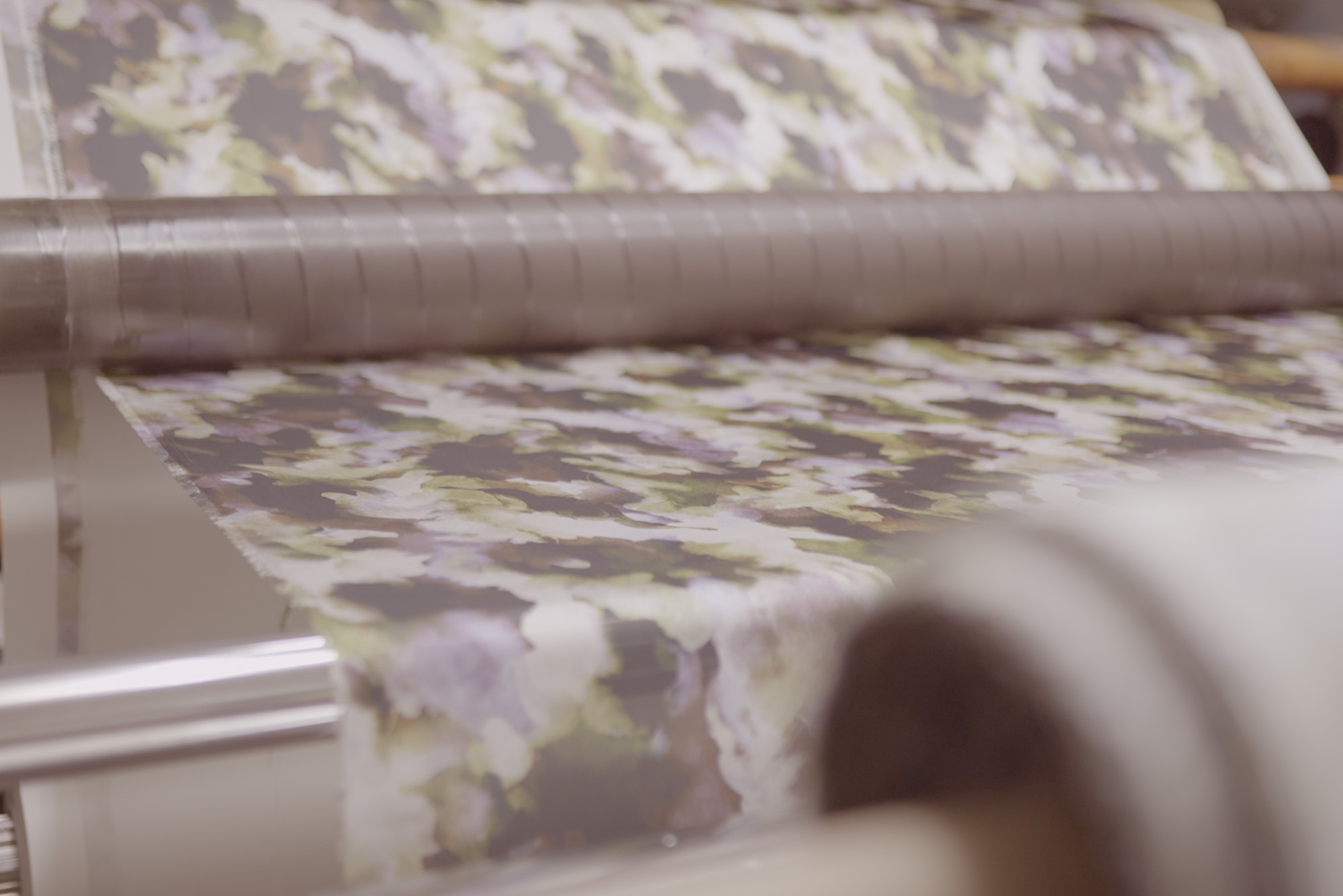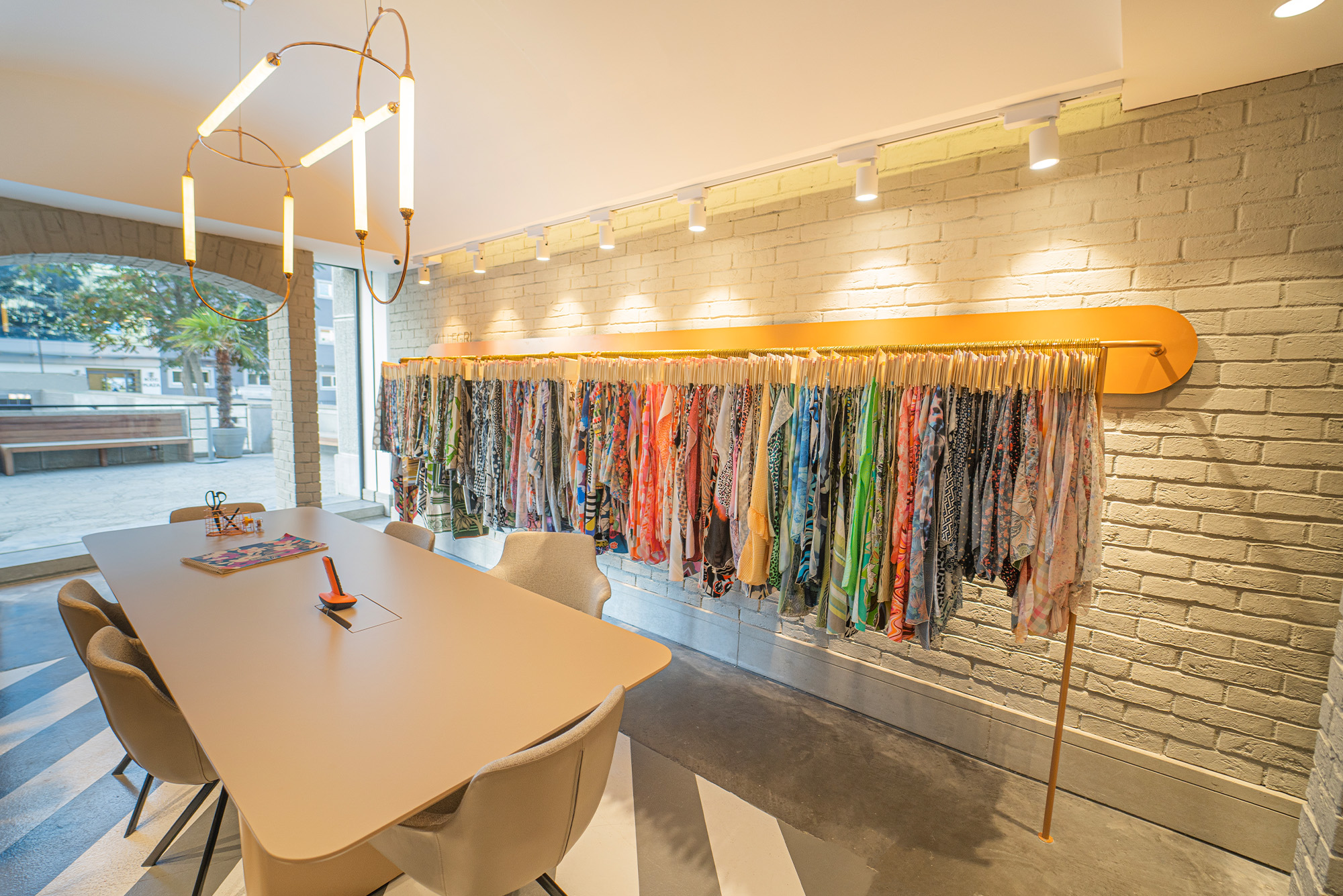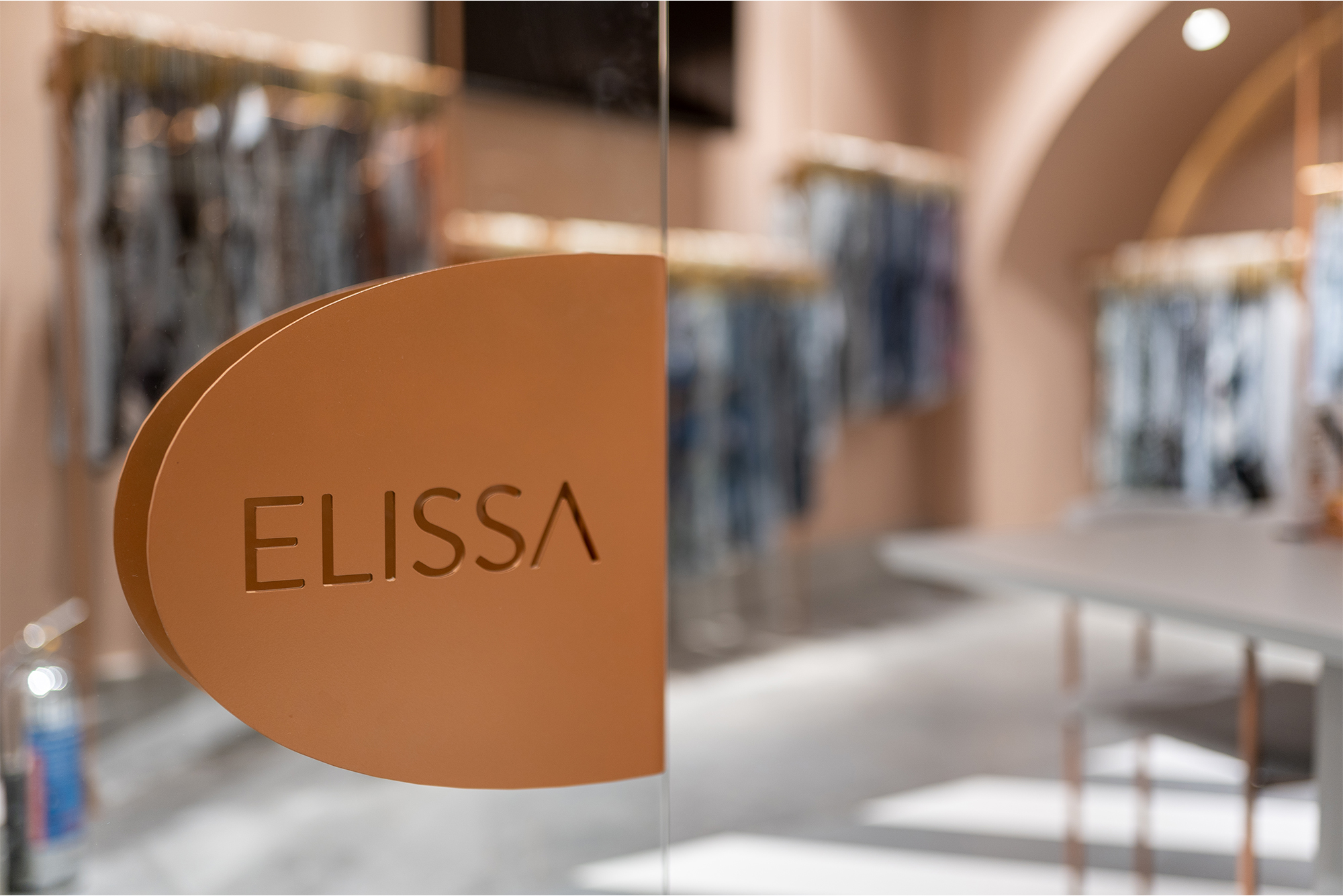Sustainability in the Fabric Industry
Sustainability, Color, and the Textile Industry: What You Need to Know
Here is a pop quiz for you:
What is one major topic that everyone is discussing, but no one seems to have completely nailed?
You guessed it. It’s sustainability. No matter what industry you are in, you have probably heard the word “sustainability” at least a couple of times a day. Companies all over the world are coming up with five-year plans to go 100% green.
But even if the change to become more environment friendly is not a top priority at your company right now, there are some color management steps you can take immediately to score points for your good karma balance. This is especially valuable because, as we know, color dyeing is one of the worst offenders when it comes to pollutants, water waste and energy consumption.
In 2015 alone, the gas footprint from textile production was roughly 1.2 billion tons of CO2, which is more than all international flights and maritime shipments combined. Textile dyeing and treatment is accountable for about 20% of water pollution globally. And while your company’s process for dyeing is an internal decision, Datacolor CAN help make that process more efficient —which could support your sustainability efforts in a big way.
Defining Sustainability
For the sake of discussion, we think it’s important to define how we view sustainability. You can have your own definition, too, and that is OK. Some companies use cradle-to-cradle certification (a globally recognized measure of safer, more sustainable products made for the circular economy) as an example, while other companies may define it as a reduction of waste.
Datacolor addresses sustainability from an efficiency standpoint. By producing the minimum waste possible, you can achieve better operational efficiency and make a positive impact on the environment.
Reducing Physical Samples
Physical samples are so last season. You heard us right. Any time you have to dye a piece of fabric, you are not being sustainable. It’s a fact. And what if you have to do it more than once? The goal should always be to minimize the resources you are spending on sample development. We have already mentioned water and energy waste as well as chemical pollutants which have a negative impact on the environment.
But what about all the time and fuel spent on shipping samples overseas for evaluation? That hurts the environment, too. From where we stand, physical samples need to go (or at least be dramatically reduced).
Easier said than done? Not really. Datacolor Match Textile, for example, can predict the accuracy of color matches and even color fastness before you dye a fabric, reducing the need to do multiple rounds of samples. Datacolor Envision can help to see what fabrics and garments will look like in different hues so that you don’t have to develop physical samples for all colors in the season. And if you want to get even more sophisticated, you can equip your design teams with portable color management devices like the ColorReaderPRO, which helps to capture the color of objects and fabrics on the go without having to purchase and cut them up.

